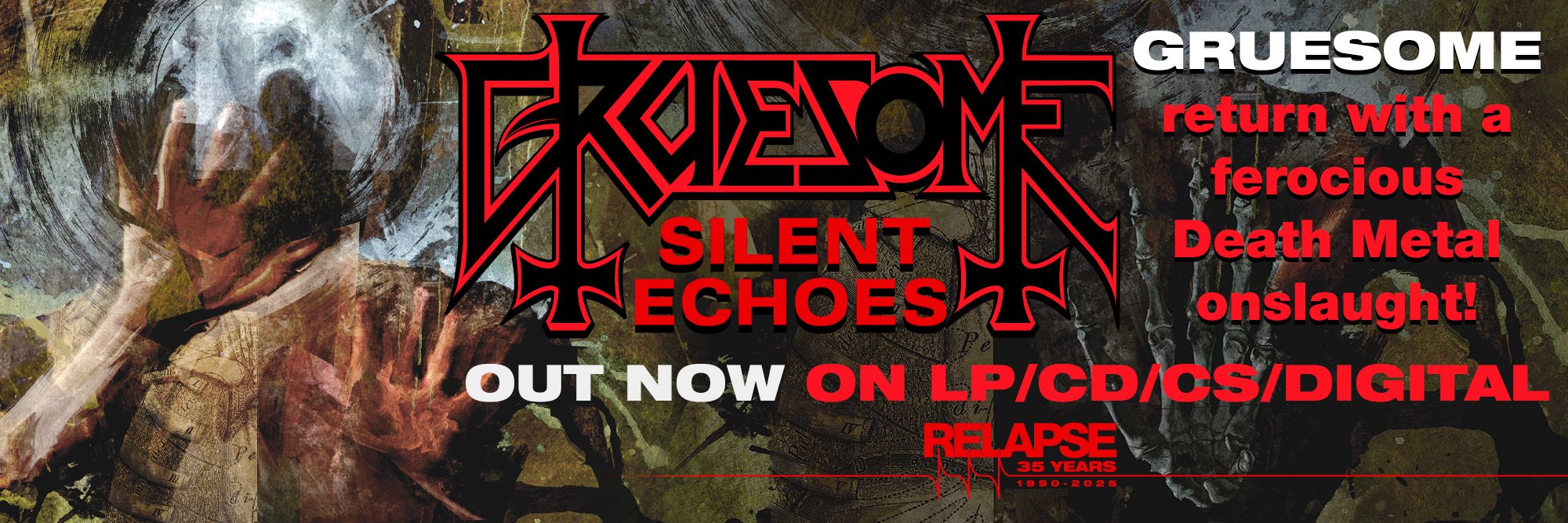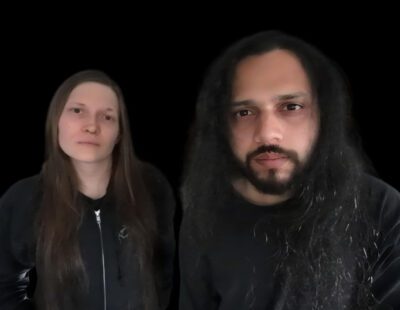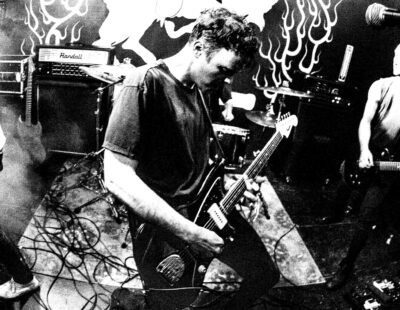
By Christian Münzner (Eternity’s End)
Unlocking the secrets of riff writing — a rather obnoxious title, as while thinking about the content for this article I figured out that in my history as a composer there was never an ultimate blue print, the ultimate approach that works every time you try it and lets you write an album within a short time and that could be endlessly repeated with the same great results. Does it help to know a lot of theory? It certainly does, as a lot of stuff I have written would not have been possible without my knowledge of modes, intervals, chord progressions, key changes, counterpoint and all that nice stuff. The things that you know let you get to certain places sooner, but the ultimate first spark of inspiration comes from an undefined place somewhere else, and this place is always different. No matter how much we know or don’t know, brainstorming ideas (which can be a very frustrating process when figuring out that 95% of your ideas are in general pure garbage), suffering through endless amounts of trial and error and ultimately letting your ears and your emotional reaction to what you have come up with decide if it is usable or should rather be deleted immediately for no one ever to be heard again is the one thing we all have to sit through.
A song writes itself easier once the initial strong idea is there. After you have a first usable idea, you can set and limit the parameters for your next brainstorming sessions, like the key and the BPM of the song and then conjure up ideas limited to these specific parameters instead of drawing from an endless amount of unlimited to options which will get you to only one place: nowhere. It does not mean that you can’t change those parameters within the song for musical purpose, but you need a basic idea for the pacing and sound color you want for your piece.

Let’s just go through a song from the new Eternity’s End album Embers Of War called “Call Of The Valkyries” that highlights a couple of different approaches and writing techniques that I use: The first idea was the opening riff, which was based on the idea of writing a moto perpetuo-style neoclassical sounding, harmonized guitar line. Very often I write single note riffs based on chord progressions that I try first, and then have the single notes of the riff move through the progression, by relying mostly on chord tones, but also adding other scale tones here and there. A very common thing in neoclassical metal is the I – V movement in a minor key, the dominant coming from the harmonic minor scale (like E7, consisting of the notes E G# B D, coming from A Harmonic Minor with the notes A B C D E F G#). However, you can replace the dominant chord by the symmetrical diminished chord from that same key (F G# B D), which will also be dominant to A minor, but due to its symmetrical nature this same chord exists in 4 different keys which are a minor third apart, so in this case A minor, C minor, Eb minor and F# minor, and you can use that same symmetrical diminished chord to modulate between those 4 keys. Pretty clever, eh? This is what the intro does.
After that, the song stays for the most part in the key of A minor/A harmonic minor and the related E Phrygian/E Phrygian Dominant modes, except for a key change in Justin’s [Hombach] solo when part shifts from A minor to C minor. In the chorus, I used another technique that I often use in my power metal or instrumental guitar songs, where the guitars play a riff pedaling around a root note, in this case A, and a keyboard pad in the background changing triads on top of the riff, in this case the progression is Amin G/A D/A (the D major triad being borrowed from the A Dorian mode) F/A C/A G/A. The thrashy part after the second chorus at 2:25 is another riff outlining a chord progression as single notes; it’s a very Baroque-sounding progression going Amin Fmaj Dmin Cmaj Emaj. But as before, no instrument really plays a full chord, it’s all just single notes which outline the progression. I do this in a lot of my technical death metal songs as well (e.g., Obscura’s “Universe Momentum” or “The Neuromancer” or Alkaloid’s “Alter Magnitudes,” to name just a few).
Note: Everything sounds a whole step lower than written here, as we tune down to D Standard in Eternity’s End, but as is in the nature of transposing instruments I communicate the notes in standard tuning. This works unless you have perfect pitch of course — but in that case you are probably talented enough that different keys won’t be too much of a problem for you.
** Eternity’s End’s new album Embers of War is out now on Prosthetic Records. Order the LP and CD from Eternity’s End’s Bandcamp site (HERE). As Richard Wagner would say, “Imagination creates reality.”
** Visit and subscribe to Christian’s YouTube page (HERE) for more musical insanity in the form of a firm heavy metal education.







